An Original Stone Eagle Comes Home to Penn Station in NYC
A 7,500-pound eagle sculpture from the top of the original 1910 Penn Station building has been returned after years in hiding!


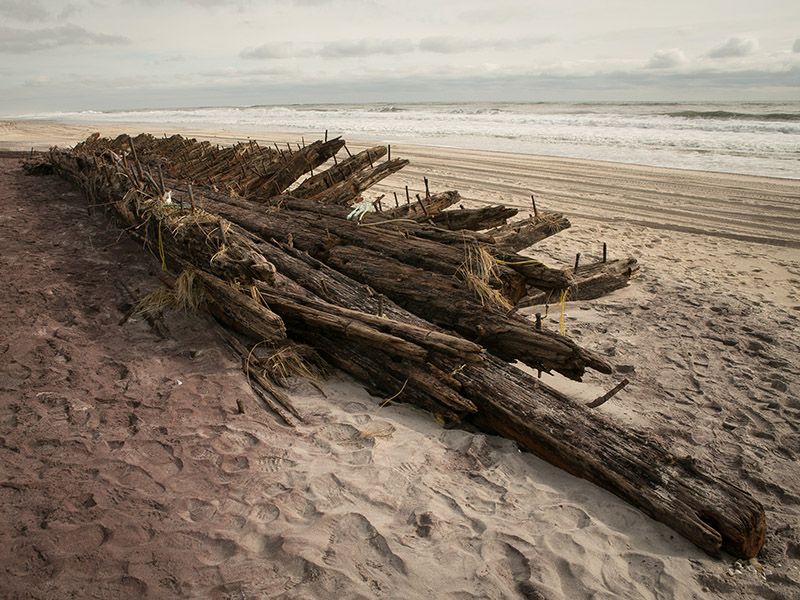
Beyond the infamous Titanic — whose survivors docked at Pier 54 — and the HMS Hussar — which still lies in its unknown resting place today with a multi-million dollar treasure — New York is no stranger to shipwrecks. The city’s surrounding waters hide over 300 ill-fated ships, many of which met their ends thanks to Long Island’s rocky coast and capricious weather. Read more to dive into some of the area’s famous shipwrecks.
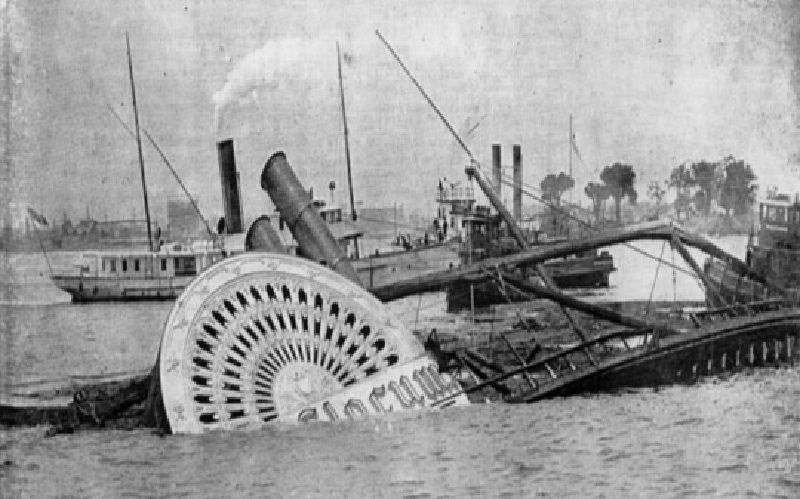
On June 15, 1904, over 1,300 passengers boarded the ship General Slocum for a Sunday church picnic on Long Island. The outing turned into a tragedy when the steamship caught fire shortly after it set sail. In less than 15 minutes, the ship burned and sank just off North Brother Island, killing over 1,000 members of St. Mark’s Evangelical Lutheran Church.
Though the origin of the fire is unknown, it is believed that a discarded cigarette or match sparked the flames. The event was the deadliest naval tragedy until the Titanic and the deadliest disaster in New York City until September 11, 2001. The large death toll also contributed to the decline of New York’s Little Germany community.
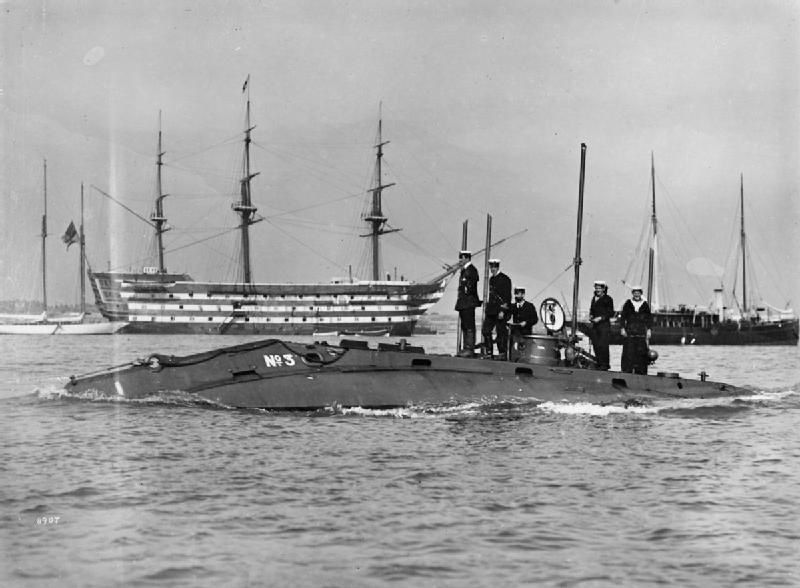
Though submarines move underwater, they can still sink. Originally a prototype by engineer John Holland, the U.S. Navy’s first formally commissioned submarine was completed in 1900. However, several prototypes existed before its completion. In 1883, a group of Irish republicans known as the Fenian Brotherhood — which financed Holland’s models — stole his prototype, Holland III, and another submarine due to a disagreement with Holland.
The Brotherhood tied the submarines to a ship and dragged them through New York Harbor. The Holland III started to leak near Whitestone Point in Queens, and the extra water weight broke its tether, sending it 110 feet to the sea floor. Despite attempts to organize recovery efforts, the Holland rests there today.

Hurricane Sandy wasn’t all destruction, as the storm exhumed the likely remains of Bessie A. White, a 90-year-old shipwreck, on Fire Island. In February 1922, this schooner was headed to Newport News, Virginia from St. Johns, Newfoundland with 900 tons of coal. During this trip, Bessie A. White became lost in heavy fog just west of Smith’s Point. The ship ran aground but all of the crew and the ship’s cat escaped in two lifeboats with only one injury.
Crews later salvaged what they could of the beached ship before it was buried by a sand dune over time. However, the majority of the valuable coal was lost. A 2006 nor’easter exposed the tips of the wreck before Hurricane Sandy blew away the rest of the dune.
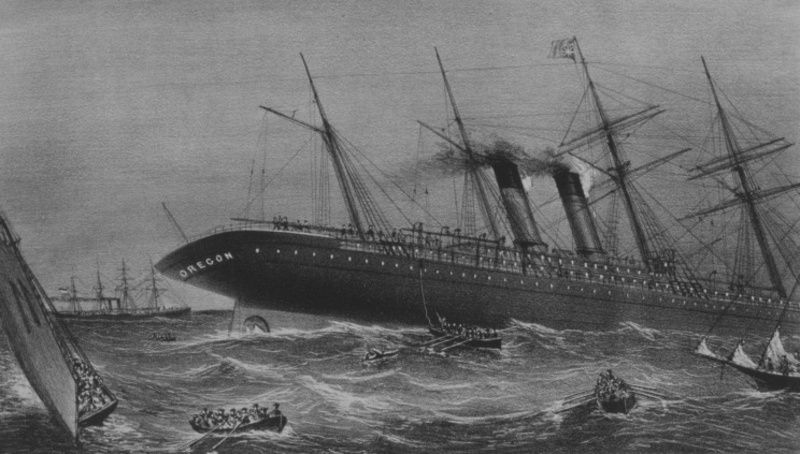
The Titanic wasn’t the only ship that failed to complete the voyage from England to New York; the SS Oregon just had relatively better luck. After completing its maiden voyage in 1883, the SS Oregon won the Blue Riband in 1884 as the fastest liner to cross the Atlantic. It made the Queenstown-New York crossing in 6 days, 10 hours, and 10 minutes. After three years of smooth sailing, the SS Oregon departed from Liverpool with 852 passengers in March 1886. Just 15 miles from New York, the ship crashed into a schooner thought to be the Charles R. Morse.
In a crisis that would foreshadow the Titanic, there were only enough lifeboats for half the passengers. Luckily, another ship arrived on-site a few hours after the crash, and the passengers were saved. Today, the wreck still lies just off Long Island and is a popular diving site. As for the Charles R. Morse, this smaller schooner didn’t fare well in the collision. The ship simply disappeared, and no traces of the ship or the nine-man crew have been found to this day.
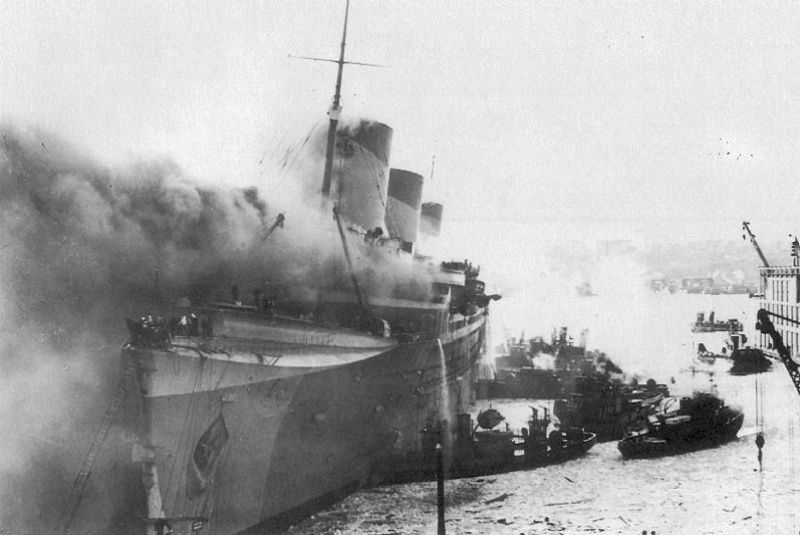
Launched with much celebration in France in 1932, the Normandie was the first major ship to surpass 1,000 feet and later became the first major ocean liner to cross the Atlantic Ocean in under four days. When World War II broke out, the U.S. Navy claimed the Normandie for the war effort and renamed it the USS Lafayette.
During the war, the military stripped the ship of its luxurious fixings and prepared it for reconstruction into a naval ship. In February 1942, a spark from a welder’s torch set off a fire that ultimately destroyed the ship. Salvaged from the bottom of the Hudson River, the SS Normandie was sold for parts, with its famed ballroom doors now at a Brooklyn Church. The Normandy apartments on Riverside Drive are supposedly named for the ship.
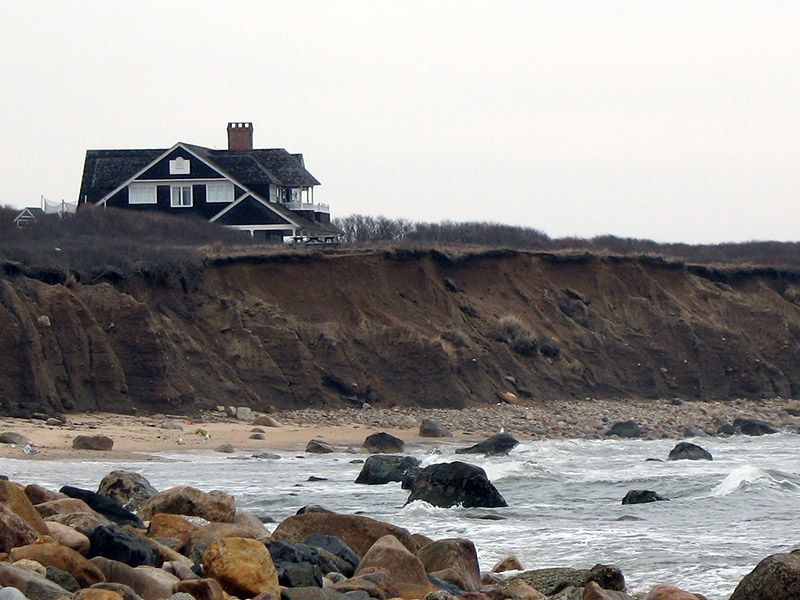
In 1855, the 1,444-ton ship John Milton embarked on an ambitious three-year voyage, stopping in San Francisco, Peru, and Virginia before heading back to its home in New Bedford, Massachusetts. In the time the ship had been gone, a 160-foot lighthouse had been erected at Ponquogue Point in Hampton Bays. The Shinnecock Lighthouse first shone its light in January 1858.
A month later, the John Milton was sailing just east of Long Island when it ran into a severe snowstorm. In the middle of the storm, the captain confused the Shinnecock Lighthouse, which he didn’t know existed, with the Montauk Point Light and unknowingly steered his ship off course. The ill-fated ship crashed on the rocks five miles west of Montauk Point Light, which is known today as “Ditch Plains.” Over 30 of the crew’s frozen bodies later floated ashore, 21 of which were buried in East Hampton’s South End Burying Ground. They are honored with a monument.
Next, check out the top 10 secrets of the USS Intrepid Museum!
Subscribe to our newsletter